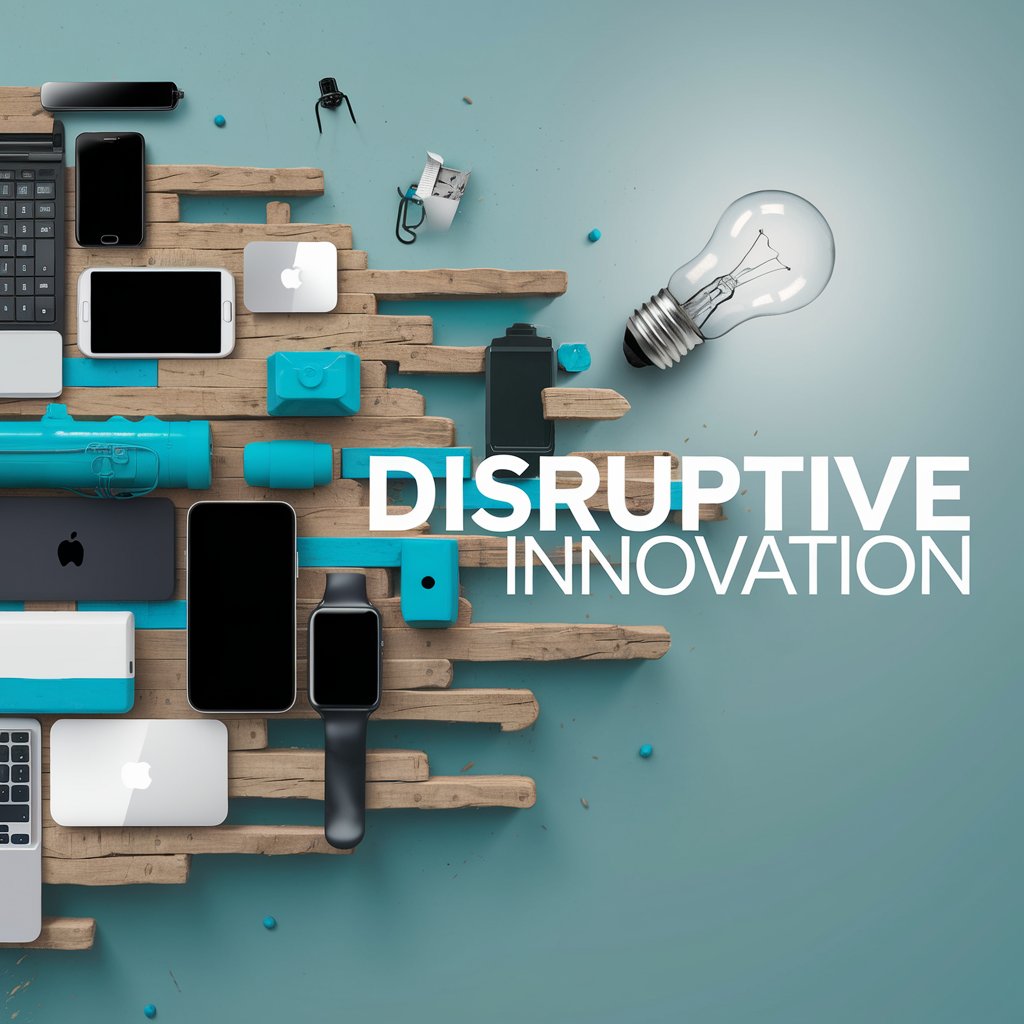Introduction

Hook: Start with a compelling statement or question to grab attention.
“What do Netflix, Uber, and Airbnb have in common? They all revolutionized their industries through disruptive innovation.”
Define disruptive innovation:
Briefly explain the concept in simple terms.
For instance, “disruptive refers to a process in which a smaller company challenges established businesses by targeting overlooked markets or creating completely new ones. •Why It Matters: Highlight its importance in today’s fast-changing world.
For instance, “understanding innovation is crucial for businesses and entrepreneurs alike in an era of rapid technological advancements.”
Purpose of the Article:
State precisely what readers will learn. Example: “In this article, we’ll explore what innovation is, how it works, and why it’s a game-changer for industries worldwide.”
1. What is disruptive innovation?
Definition and Origin:
Disruptive innovation is a term coined by Harvard professor Clayton Christensen in the 1990s. It describes how simpler, more affordable products or services can eventually overtake established competitors.”
Disruptive vs. Sustaining Innovation
Unlike sustaining innovation, which improves existing products, creates new markets or reshapes existing ones.
Examples of disruptive:
Think of Netflix disrupting Blockbuster or digital cameras replacing film photography. These instances demonstrate how disruptive innovation alters the situation.
Why Disruptive is Powerful
It democratizes access to products and services, making them affordable and accessible to a larger audience.”

2. Characteristics of Disruptive Innovation
Starts in niche markets:
Disruptive innovations often begin in overlooked or underserved markets. For example, early smartphones targeted tech enthusiasts before becoming mainstream.
Gradual Improvement Over Time
Initially, these innovations may not match the performance of existing solutions but improve rapidly.
Affordability and accessibility:
They typically attract customers who were previously excluded because they are either more affordable or simpler to use.”
Challenging Established Players
They typically attract customers who were previously excluded because they are either more affordable or simpler to use.”
3. How Does Disruptive Innovation Work?
Phase 1: Emergence in Overlooked Markets:
Frequently begin by focusing on customers that are overlooked by established businesses.
Phase 2: Gradual Improvement
As the innovation gains traction, it improves in quality and performance, attracting a broader audience.
Displacing Established Competitors:
Eventually, the innovation becomes superior, displacing traditional players. Think of how streaming services replaced cable TV.
Role of Technology and Business Models
Technology and innovative business models are key enablers of disruptive making it scalable and cost-effective.”

4. Why Innovation Matters
Drives Competition and Innovation:
Pushes companies to innovate, benefiting consumers with better products and services.”
Creates Opportunities for Startups
“It levels the playing field, allowing startups to compete with industry giants.”
Solves Real-World Problems:
Disruptive innovation has the potential to address pressing issues like healthcare accessibility and environmental sustainability by addressing unmet needs.
Subheading: Forces Established Companies to Evolve
Companies that don’t change run the risk of going out of business, as Kodak and Blockbuster did.
Challenges of Disruptive Innovation
Resistance from Established Players:
Incumbents often resist change, using their resources to stifle competition.”
Uncertainty and Risk for Innovators
“Disruptive involves high risk, as many new ideas fail to gain traction.”
Ethical Considerations:
“Job displacement and market monopolies are potential downsides that need addressing.”
Lessons from Failed Innovations
“Not all disruptive ideas succeed. Learning from failures is crucial for future success.”
6. How to Harness Disruptive Innovation
Identify Underserved Markets:
“Look for gaps in the market or customer pain points that existing solutions don’t address.”
Embrace Experimentation
“Test and iterate your ideas to refine them based on feedback.”
Stay Agile and Responsive:
“Adapt quickly to changing market conditions and customer needs.”
Subheading: Foster a Culture of Innovation
“Encourage creativity and risk-taking within your organization to drive disruptive ideas.”
7. Future of Disruptive Innovation
Emerging Trends:
“AI, renewable energy, and healthcare are ripe for disruption in the coming years.”
Subheading: Shaping the Future of Work
Disruptive innovation will redefine industries, creating new job roles and opportunities.”
Encouraging Adaptability:
“Staying informed and adaptable is key to thriving in a world driven by disruptive innovation.”
A Call to Action
How will you embrace innovation in your industry? The future belongs to those who innovate.
Conclusion
Recap Key Points:
Disruptive transforms industries by creating new markets and challenging established players. It’s a powerful force for change.”
Thought-Provoking Statement:
Disruptive innovation is the key to staying ahead in a world where change is the only constant.
Call-to-Action:
“Share your thoughts or examples of disruptive innovation in the comments below!”
Optional Add-ons:
FAQs Section:
What are some examples of innovation? How can disruptive innovation be utilized by small businesses?”
Infographic:
“A visual guide to the disruptive innovation process.”
Case Studies:
“Deep dive into how companies like Tesla or Spotify disrupted their industries.”
